Samsung recently took to the stage and announced its latest range of Galaxy S23 flagships. And as has been the case with most Galaxy S-series launches, tech enthusiasts around the world sat up and took notice. To no one’s surprise, the Galaxy S23 Ultra received the lion’s share of improvements, including but not limited to a brand-new 200MP sensor.
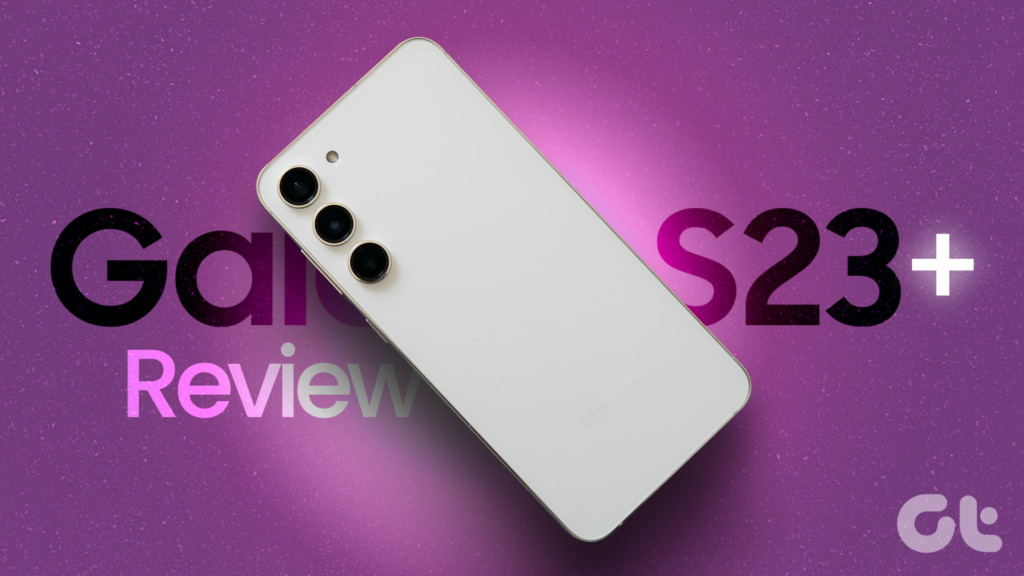
But, if you don’t want to spend a dime over $1,000, then you can’t go wrong with the company’s Galaxy S23 Plus either. To that end, I’ve been using the phone for a hot minute and although it is an iterative upgrade over its predecessor, it’s hard to overlook the quality of life changes it brings to the mix. So much so, I feel that it will go down as one of the best $1,000 flagships launched in 2023.
Let’s check out why.
Design
Up until last year, Samsung stylized the Ultra variant in the Galaxy S-series lineup a tad differently. While all phones employed the same materials for their construction, the Galaxy S22 Ultra didn’t come with a protruding camera module. Instead, the company did away with the iconic contour cutout that was popularized by the Galaxy S21 range back in the day.
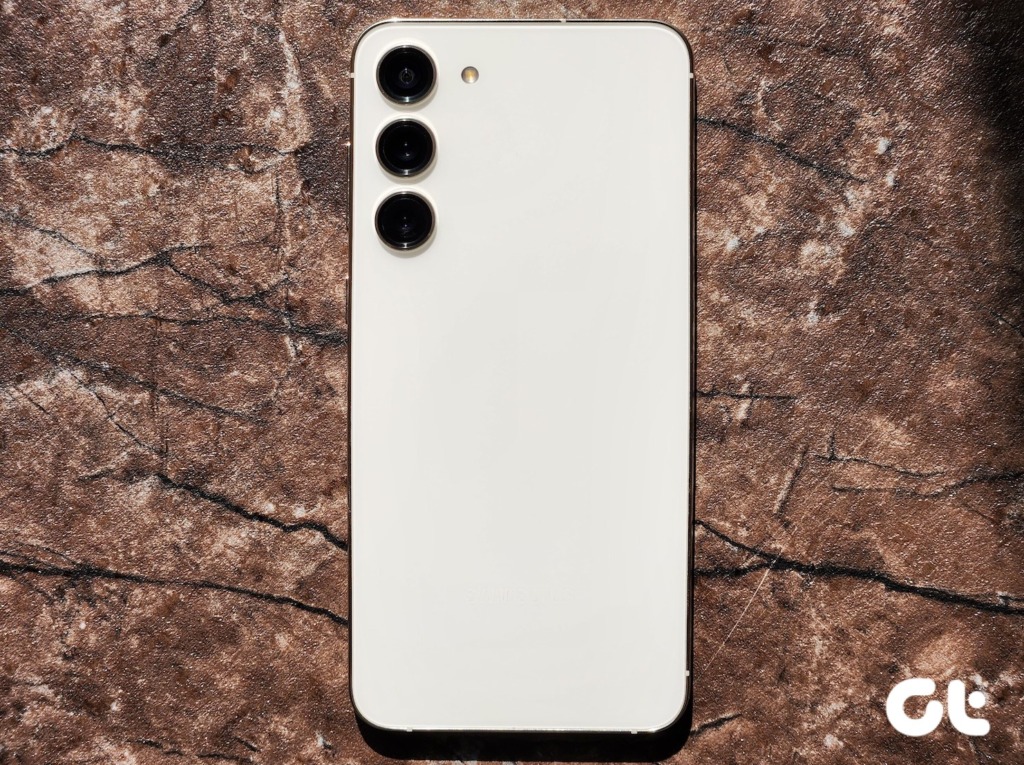
As such, the design of the Galaxy S22 and the Galaxy S22 Plus was a notable point of distinction from the Ultra model. This year, though, Samsung has streamlined the design and brought about a sense of cohesion within the lineup. The Galaxy S23 Plus, for instance, doesn’t ship with a bulging camera array that envelopes the sensors. Instead, the lens cutouts have been neatly stacked toward the left-hand side of the device.
The end result looks rather appealing and superbly minimalistic. What’s more, Samsung has launched the phone in a slew of gorgeous colors as well. I was sent the Cream variant of the device for review and the device looks bewitching, to say the least.
More notably, the smartphone’s aesthetics apparently have the same effect on everyone else too. So much so, I’ve received a bunch of compliments on its design, with some passersby even inquiring about the phone’s make and model.
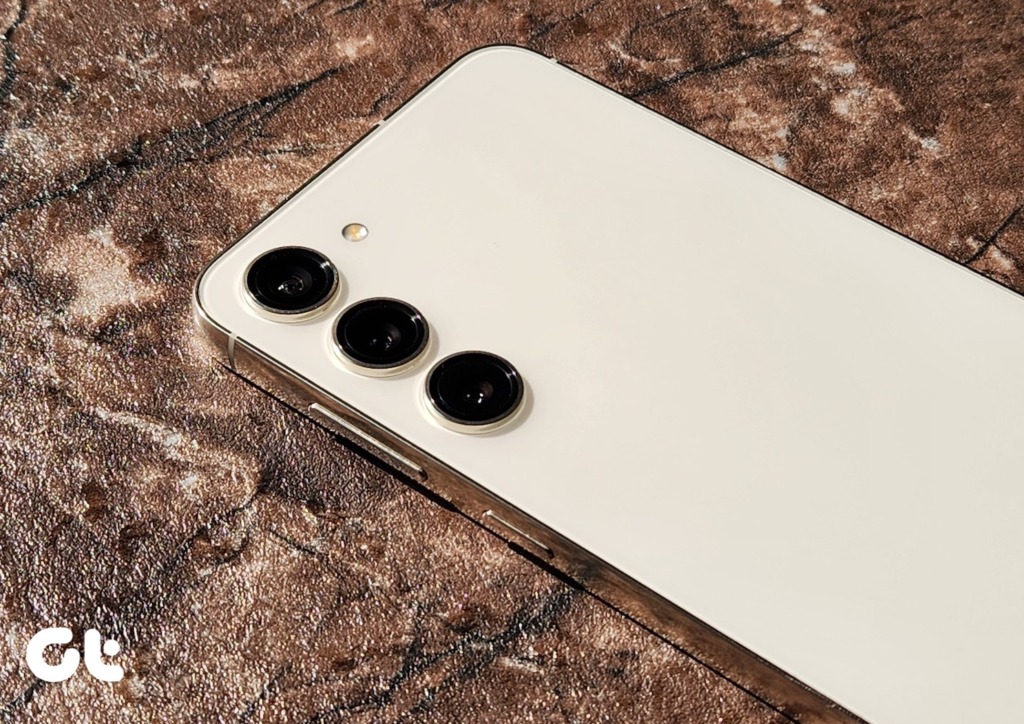
It doesn’t end there, though. The Galaxy S23 Plus features color-matched metal rails that curve gently. As such, the phone’s frame glistens when light strikes it at certain angles. More to the point, the frame paves the way for a comfortable grip.
The edges have been chamfered too, thereby ensuring the corners don’t bite into your palms when you’re using the phone. Do note that the Galaxy S23 Plus might not tower over the competition like its pricier, Ultra sibling. However, the phone is still too big to be used with one hand comfortably.
Speaking of which, the Galaxy S23 Plus is as robust, as it is stunning. I say this, as the phone comes layered with Corning’s Gorilla Glass Victus 2 on the back and the front. Furthermore, the device is IP68 certified as well, so you need not worry about using the phone in your shower, or near a pool.
If anything, I would strongly advise you to pick up a screen protector for the device. As things stand, my review unit already has some dings on the display, even though I was particularly mindful when using the phone.

Rounding off the design section, you should know that the Galaxy S23 Plus comes with a speedy, in-display fingerprint sensor. The facial recognition tech is reasonably snappy too, although the phone does struggle to recognize the user’s face in dimly lit environments.
On the upside, the smartphone offers excellent haptics, so you will revel in typing long messages and emails on the handset. It even gets an extremely clicky volume rocker and power toggle too.
And, although Samsung doesn’t bundle a charger with the retail packaging, the Galaxy S23 Plus is compliant with wireless charging standards and can top up wirelessly at 15W. It can refuel faster at 45W via a compatible brick.
Display
A little-known fact about the latest iPhone 14 range – all four models use panels supplied by Samsung Display. Understandably, Samsung knows a thing or two about designing high-quality screens, and the company’s Galaxy S23 Plus is a testament to the same. Spec-wise, the screen measures 6.6 inches and offers a 1080p resolution. The panel can refresh at up to 120Hz as well, so you best believe animations and UI transitions appear slick.
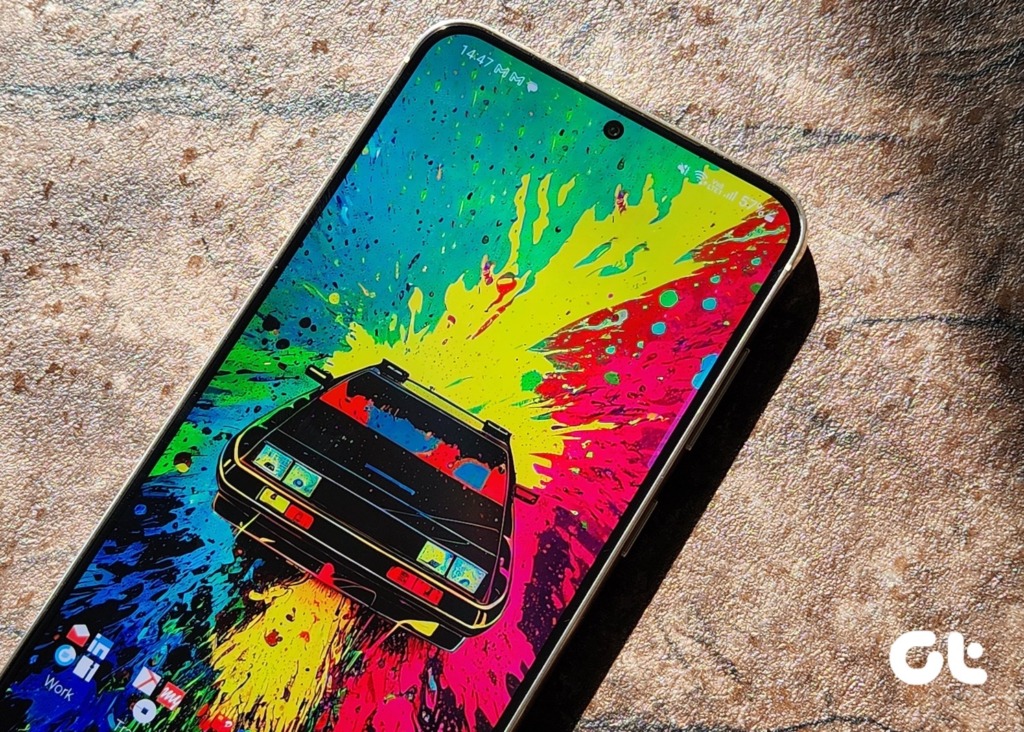
What’s more, the device can smartly variate the refresh rate as per the content on the screen too. So, you will notice that the display refreshes at 90Hz when playing CoD Mobile at the Ultra FPS preset. Similarly, the refresh rate scales up and down when you’re scrolling through a social media app like Twitter or Instagram with dynamic content.
That said, unlike the screen on the Ultra model (which refreshes between 1Hz-120Hz), the Galaxy S23 Plus panel can only scale between 48-120Hz.
Now, the eagle-eyed among you might’ve noticed that the Galaxy S23 Plus screen draws parallels to the S22 Plus panel in more ways than one. That said, the Galaxy S23 Plus panel gets much brighter. In fact, the S22 Plus offered a peak display brightness of 1,300 nits. The screen on the Galaxy S23 Plus, on the other hand, tops out at 1,750 nits! To no one’s surprise then, I didn’t run into any issues when using the phone under the sun either.

What’s more, much like last year, the Galaxy S23 Plus display can relay HDR media from OTT services too. To that end, the panel comes with WideVine L1 certification, so it can relay HD streams. Additionally, the handset is compliant with the HDR10 standard too, so you can watch select titles like ‘The Witcher’ on Netflix in HDR as well. Needless to say, the viewing experience remains unmatched on the Galaxy S23 Plus.
On that note, movies and TV shows come to life on the phone’s panel. The colors appear vibrant and peppy and the display’s OLED tech reciprocates rich, deep blacks as well. Moreover, the Galaxy S23 Plus comes with a tiny punch-hole notch which isn’t too distracting either.
Also, the screen is bordered by extremely slim bezels as well. If anything, I would’ve liked to see a crisper 2K display with the phone. Nevertheless, the Galaxy S23 Plus panel will not leave the majority of buyers wanting more.
Performance
The Samsung Galaxy S23 Plus is backed by a souped-up version of Qualcomm’s Snapdragon 8 Gen 2 SoC. To wit, the company has partnered with Samsung to launch the Snapdragon 8 Gen 2 for Galaxy chipset. So, what gives? Well, from what I could gather, the ‘for Galaxy’ version of the Snapdragon 8 Gen 2 platform offers slightly higher clock speeds for the CPU and the GPU.
To that end, the vanilla 8 Gen 2 SoC is clocked at 3.2GHz, whereas the ‘for Galaxy’ variant peaks at 3.36GHz. Other than that, though, the two SoCs are neck and neck for the most part. More to the point, the Samsung Galaxy S23 Plus is a terrific performer and the device never slowed down to catch its breath during my review period. The phone is extremely quick to jump from one app to the other and it can comfortably hold over a dozen apps in memory too.

The same can be accredited, at least in parts, to the phone’s LPDDR5x memory and UFS 4.0 storage. In particular, UFS 4.0 consumes significantly less power and offers a much higher data throughput compared to the UFS 3.1 platform. And, it shows. In fact, the Galaxy S23 Plus opened apps in the blink of an eye. And, when compared to its predecessor, the smartphone offered higher sequential read and write speeds as well.


Since we’re on the subject of benchmarks, you should know that the device scored superbly in other benchmarking apps too. For instance, the smartphone overturned 1,698 and 4,520 points in GeekBench 6’s single-core and multi-core test runs.
The handset secured well over a million points in the Antutu benchmark as well and offered better stability in 3DMark’s Extreme Stress test compared to the S22 Plus too.


For the uninitiated, the Extreme Stress test comprises running 20 graphically demanding loops on the phones. Each loop gets a score basis the FPS overturned by the smartphone when rendering the loop. So, the higher the FPS in a given loop, the better the loop score would be. At the end of the test, the app calculates the system stability by factoring in the best and the lowest loop scores.


Here, the Galaxy S23 Plus secured 59.6 percent stability, which is higher than the S22 Plus’ 53.9 percent stability score. What’s more, the Galaxy S23 Plus has a much better best loop score too, which goes on to show that the unit’s GPU isn’t just more powerful, but the SoC offers better stability under taxing loads as well.
As for gaming, I could comfortably play CoD Mobile on the handset at the ‘Ultra’ (90FPS) preset. I didn’t run into any instances of frame drops during my hour-long gaming sessions on the device either.
That said, the phone’s frame did get a tad warm to the touch when I was playing more demanding titles like Nimian Legends. But, that is the case with other flagships too. Rest assured, the Galaxy S23 Plus is no slouch in the performance department and you will be able to max out most, if not all games on the set.
Software and Battery Life
It took some doing, but I feel that Samsung is the most reliable smartphone vendor when it comes to facilitating software updates for its devices. In fact, the company’s software update roadmap can give Google’s Pixel range a run for its money too. To that end, the Galaxy S23 Plus will get four major OS upgrades. What’s more, the device will get security patches for up to five years too.

As for the UI itself, the device boots a skin of OneUI v5.1 on top of Android 13. Now, the interface is a far cry from stock Android. However, the utility comes with a truckload of features and a polished, intuitive interface. Consequently, you won’t find common settings buried under random sub-menus. Furthermore, the custom skin can be customized to your heart’s content as well.
So, be it using a third-party launcher without missing out on support for navigational gestures *cough Xiaomi cough*, or applying custom icon packs via Samsung’s Theme Park utility, you can do it all. You even get a decked-out Always On Display with an interface that can be fine-tuned to your preferences. As such, you can add custom widgets to your lock screen and change the AoD’s appearance easily.
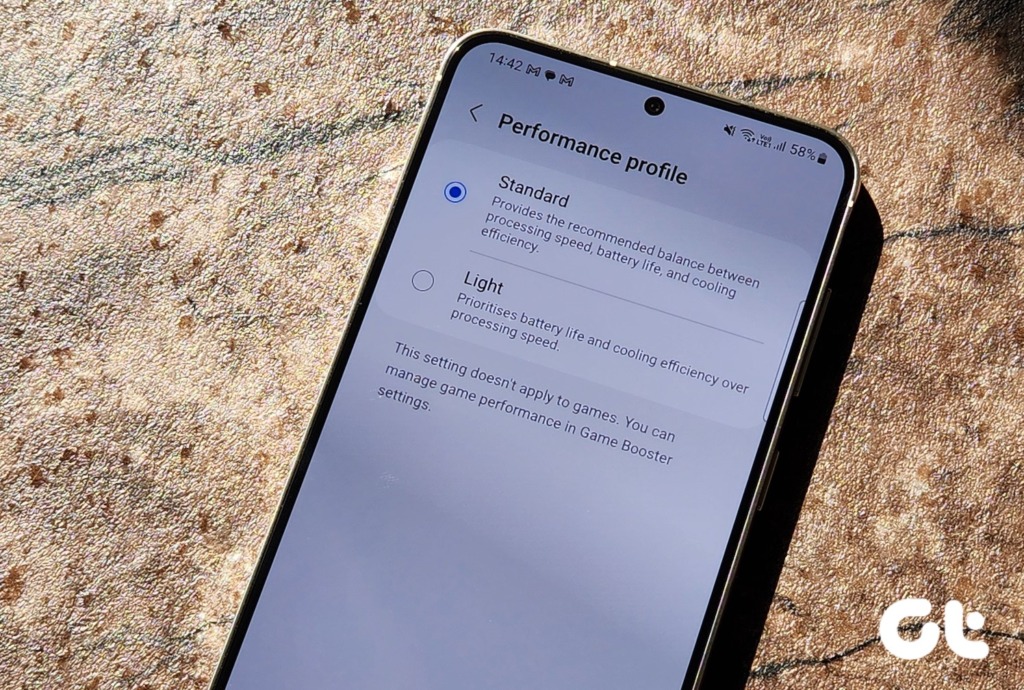
You can even tweak the phone’s performance by choosing from a slew of different battery-saver settings. Speaking of which, the Samsung Galaxy S23 Plus is fuelled by a 4,700mAh battery which, with moderate usage, should easily last you two days off a single charge.
I, for one, was averaging close to seven hours of screen-on time with the phone, and that’s with a couple of bouts in Clash Royale as well as a few TDM matches in CoD Mobile.

If anything, the smartphone charges a tad unhurriedly. The device tops out at 45W for wired charging and with a compatible charger, you will be tethered to a wall outlet for almost an hour. I wish Samsung would take a page from OnePlus’ books and bring speedier 80W fast-charging to its flagships soon. On the upside, the phone can charge wirelessly, albeit at 15W.
Cameras
I’ve already spoken in length about the Galaxy S23 Plus’ photo-taking capabilities when I pit the phone against the iPhone 14. So, do give it a read if you want more insights on the same. But, to cut a long story short, the Galaxy S23 Plus is a fantastic pocket shooter, thanks in no small part to its versatile camera array.
To that end, the device features a 50MP main sensor which works alongside a 10MP telephoto lens that can optically zoom at 3x and a 12MP ultrawide sensor with a 120-degree FoV. For selfies, the device gets a 12MP camera up front.
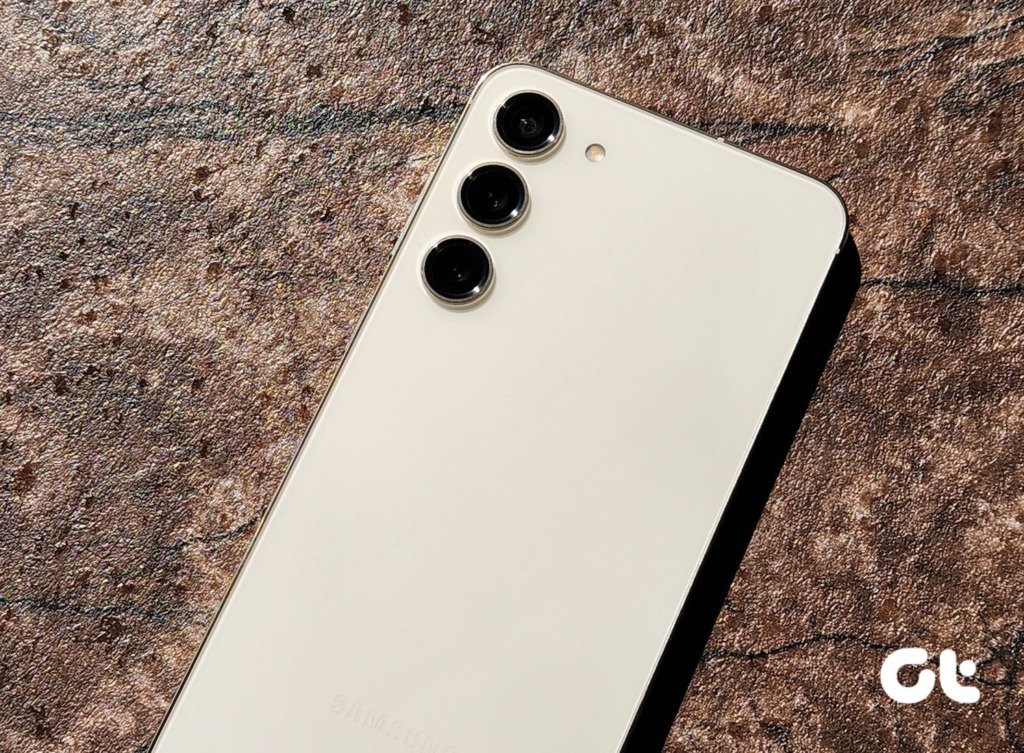
Coming to the images, the smartphone snaps superbly detailed stills and although the device amps up the saturation in the colors, the images don’t appear excessively done up either.
More to the point, Samsung struck gold when it introduced a 3x telephoto sensor with its flagships. In fact, I have been using the company’s smartphones for almost three years and I default to the 3x telephoto sensor for the majority of my stills too. The reason is, the telephoto sensor adds a unique perspective to images and it even offers remarkable sensor details. The ultrawide snapper, on the other hand, outputs average photos, at best.






In particular, the ultrawide images exhibit sub-par corner sharpness. That’s not to say that the images look terrible, mind you. In fact, they should suffice for the majority of users who want to post photos to their IG stories. Yet, if you tend to pixel-peep, then you will surely find faults in the ultrawide photos.
Do note that the smartphone ships with the same camera setup as seen on the S22 Plus. Naturally, you might be wondering if the Galaxy S23 Plus clicks better photos than its predecessor. To that end, the photos I snapped with the two phones were near-identical. The S22 Plus image had a tad more vibrancy.
Furthermore, the Galaxy S23 Plus managed to output photos with better exposure at 3x zoom too. Other than that, though, you’d be hard-pressed to tell one image, from the other.


Case in point, the snap of my apartment complex, which looks identical through the smartphone’s primary lenses. Both the photos are equally sharp and the various elements in the images appear equally structured too.


The 3x telephoto shot from the devices is neck and neck as well. If anything, the S22 Plus has mucked up the highlights and you can spot white blotches on the back of the car. Other than that, though, the snaps are on par with one another.


Turn the page over to closeups and you’ll notice that the photos are, yet again, at a level pegging. The shot of the pink flower, for instance, appears equally sharp and detailed. If anything, the S22 Plus’ snap is a tad warmer.


No surprises here, the lowlight snaps from the two phones draw parallels to one another as well. Be it the detail retention, or the amount of noise in the stills, both phones have done a commendable job here. Rest assured, the Galaxy S23 Plus builds up on the S22 Plus’ photography chops by adding subtle refinements to the imaging output.
Verdict
The Samsung Galaxy S23 Plus starts at $999 and for the price, is a no-brainer. The smartphone offers a stunning design that has been paired with an equally gorgeous display. Moreover, the Galaxy S23 Plus leaves no stone unturned in the performance department either and offers a longevous software update roadmap too.
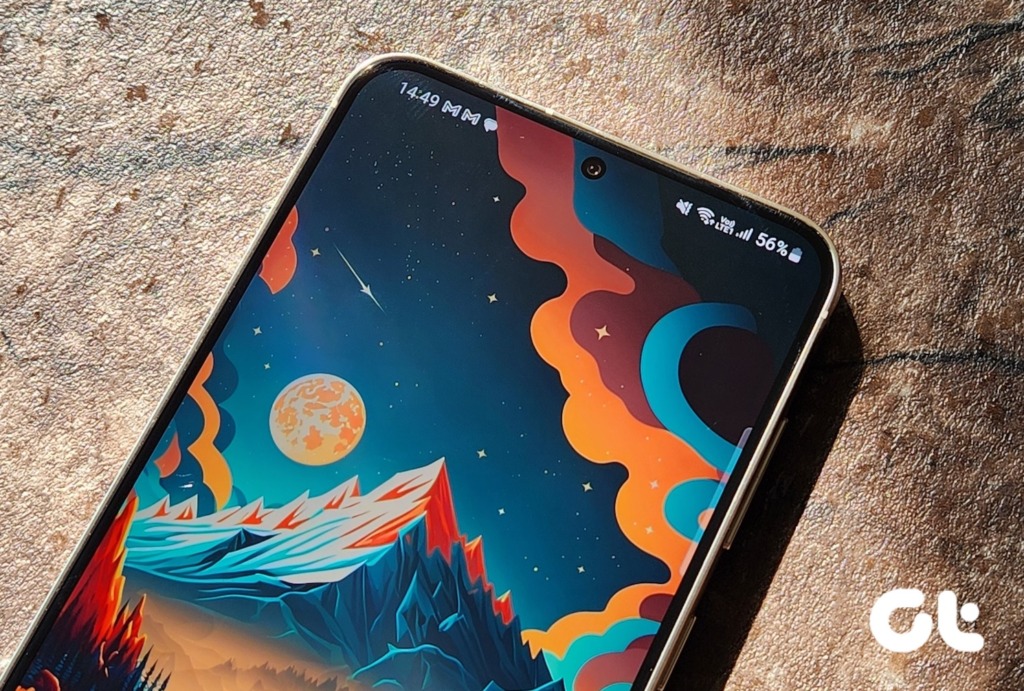
Now, you could opt for the Pixel 7 Pro, which comes with better auxiliary cameras. Furthermore, the device gets a sharper QHD display. On the flip side, the Galaxy S23 Plus performs much, much better. In fact, you can read all about it in my performance comparison, where I pit the Snapdragon 8 Gen 2 SoC against the Tensor G2 chipset.
And, having used the Pixel 7 Pro, I can confidently say that it is no match for the Galaxy S23 Plus in the battery department either. Lest I forget, the Pixel 7 Pro will only get three major OS updates. In contrast, the S23 Plus is slated to get four OS updates.
All in all, the Galaxy S23 Plus is a fantastic smartphone and I’ve really enjoyed my time with it. While the Pixel 7 Pro is a better phone for budding photographers, the Galaxy S23 Plus is a more well-rounded offering. Rest assured, the smartphone, albeit expensive, is well worth its asking price.




